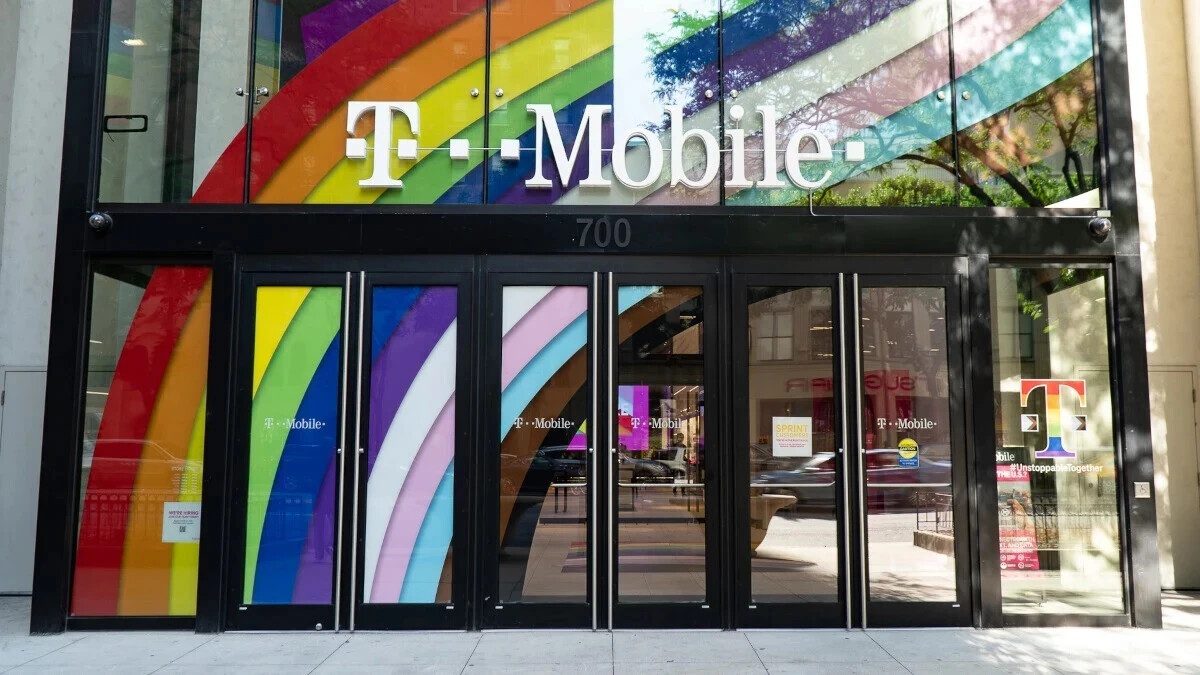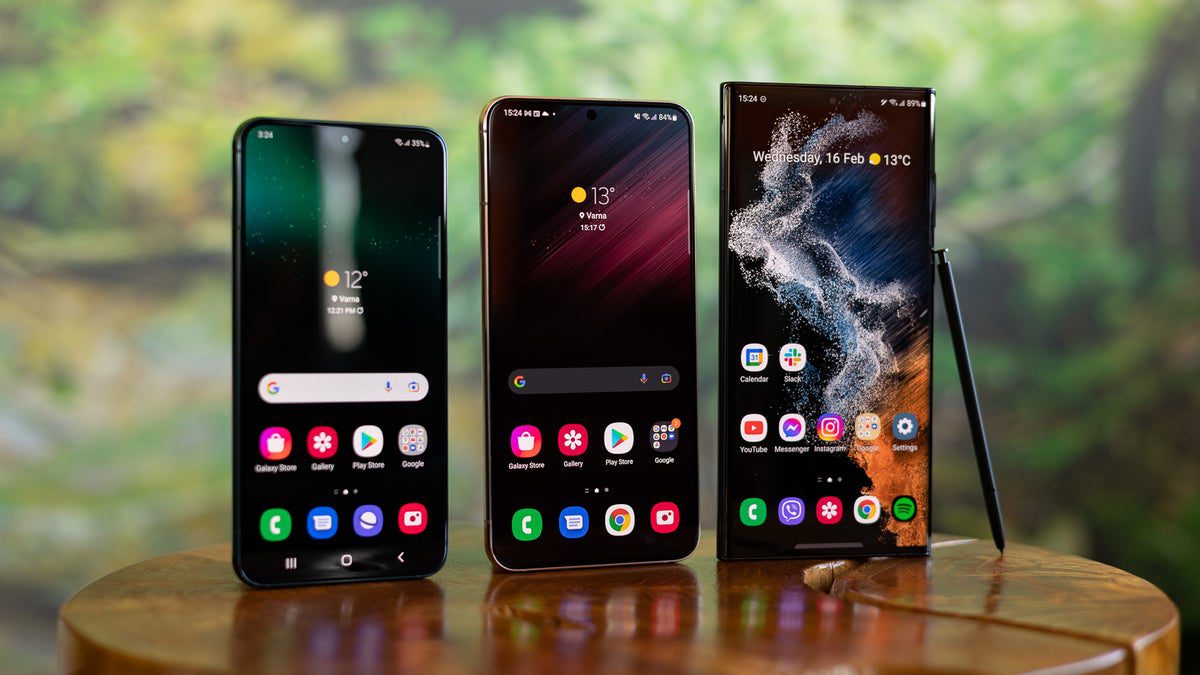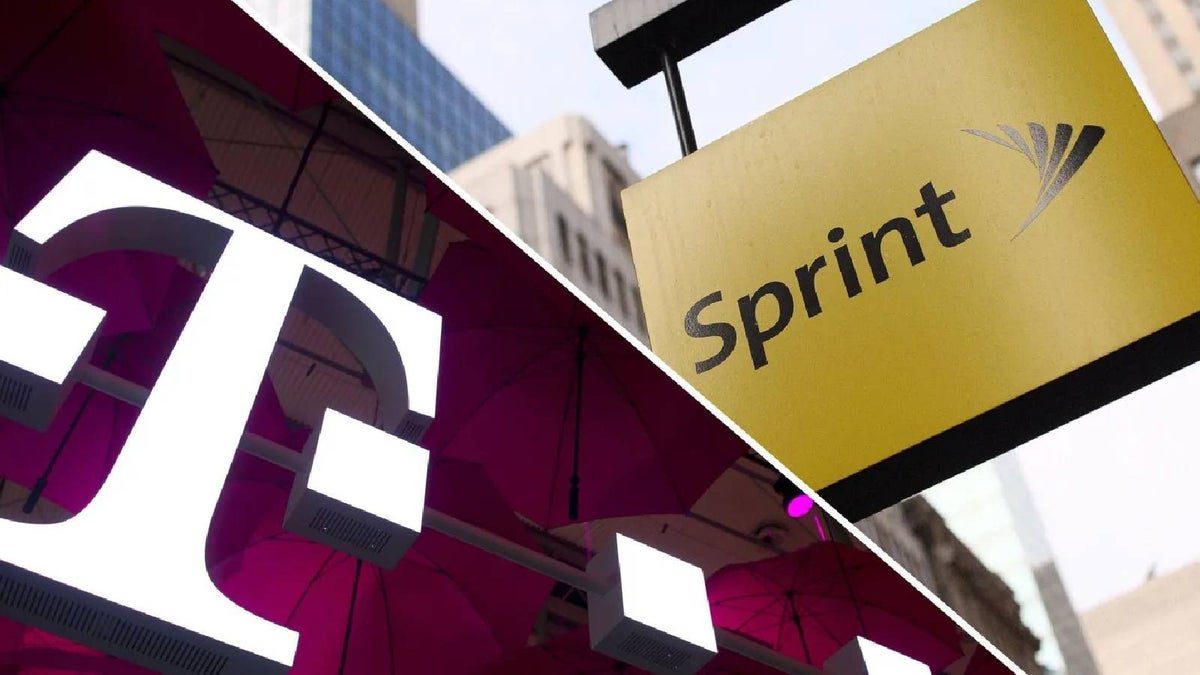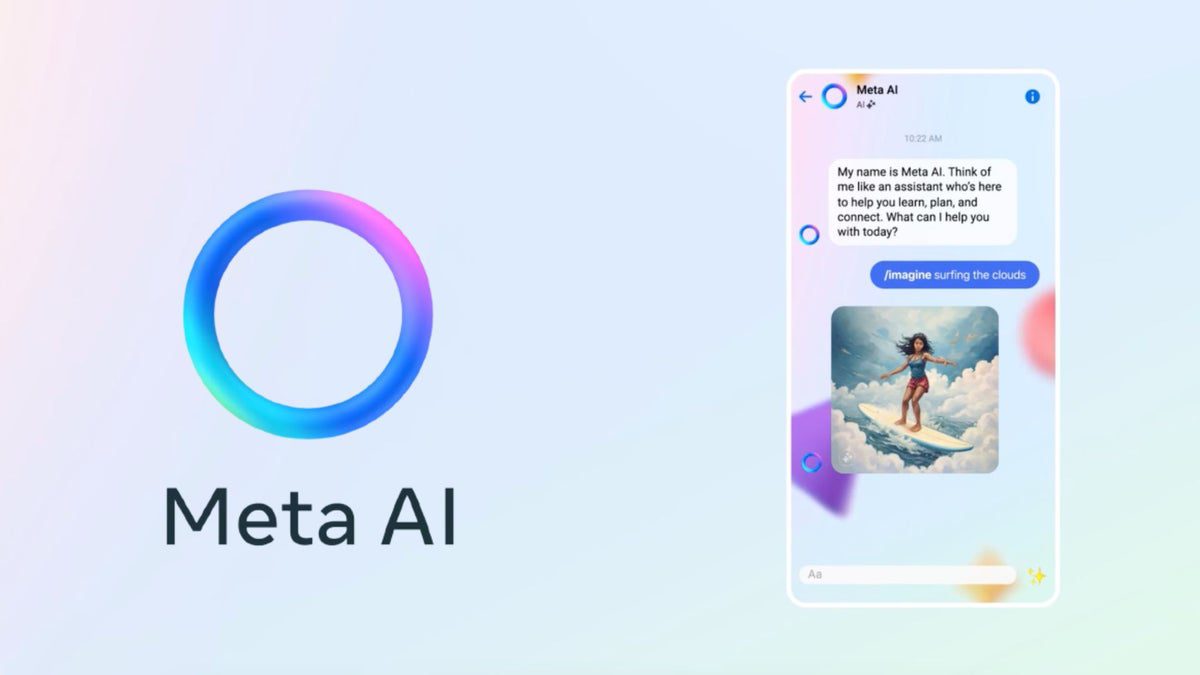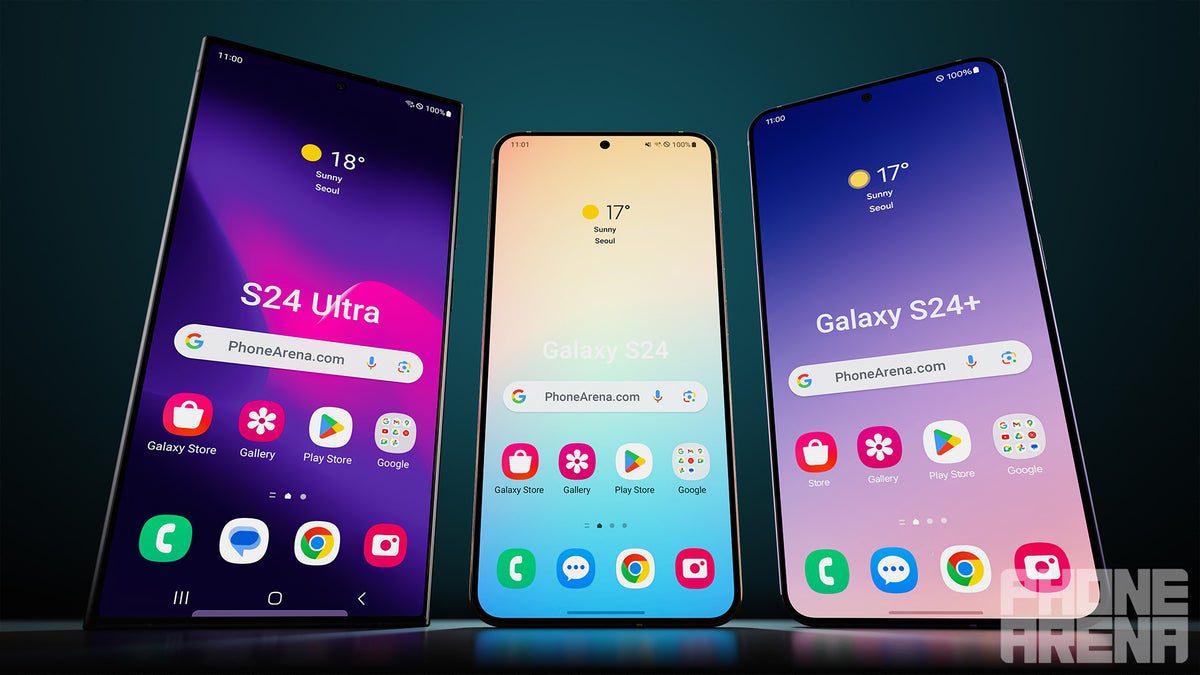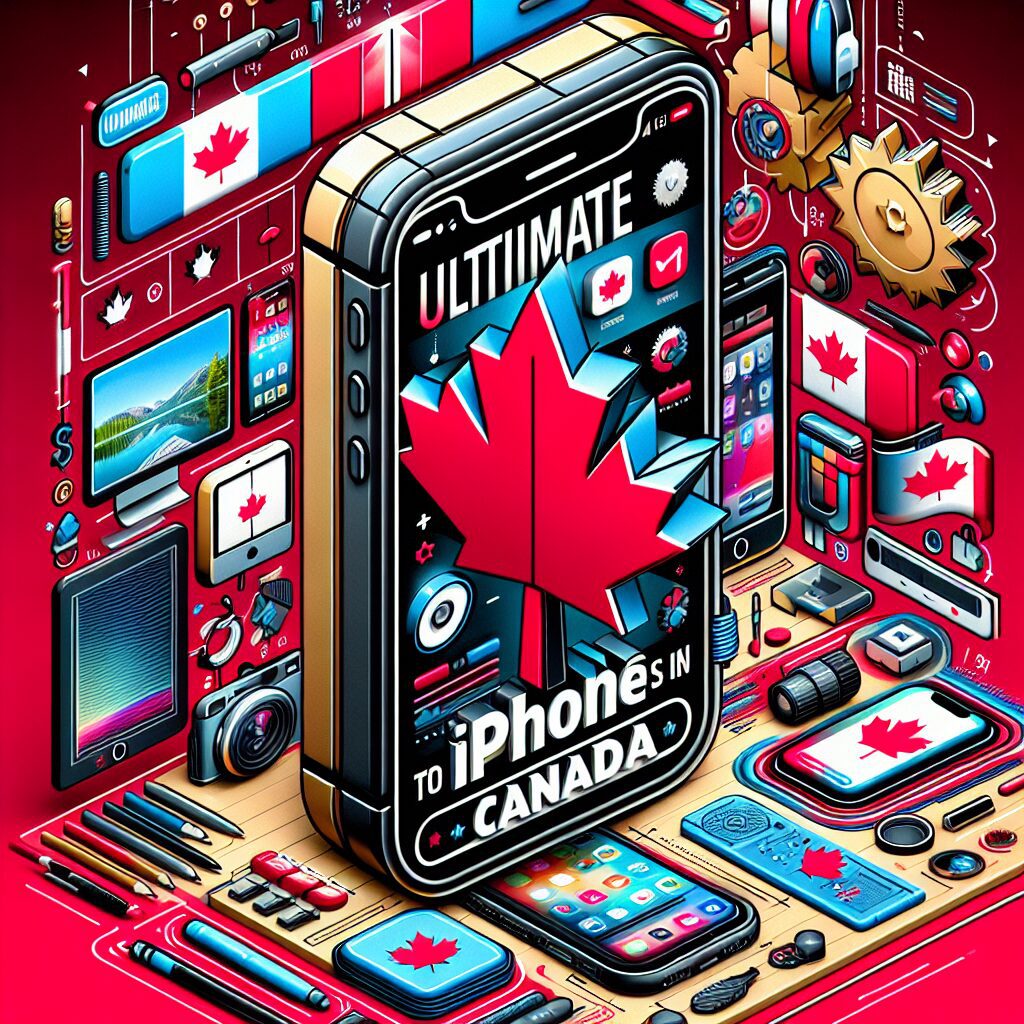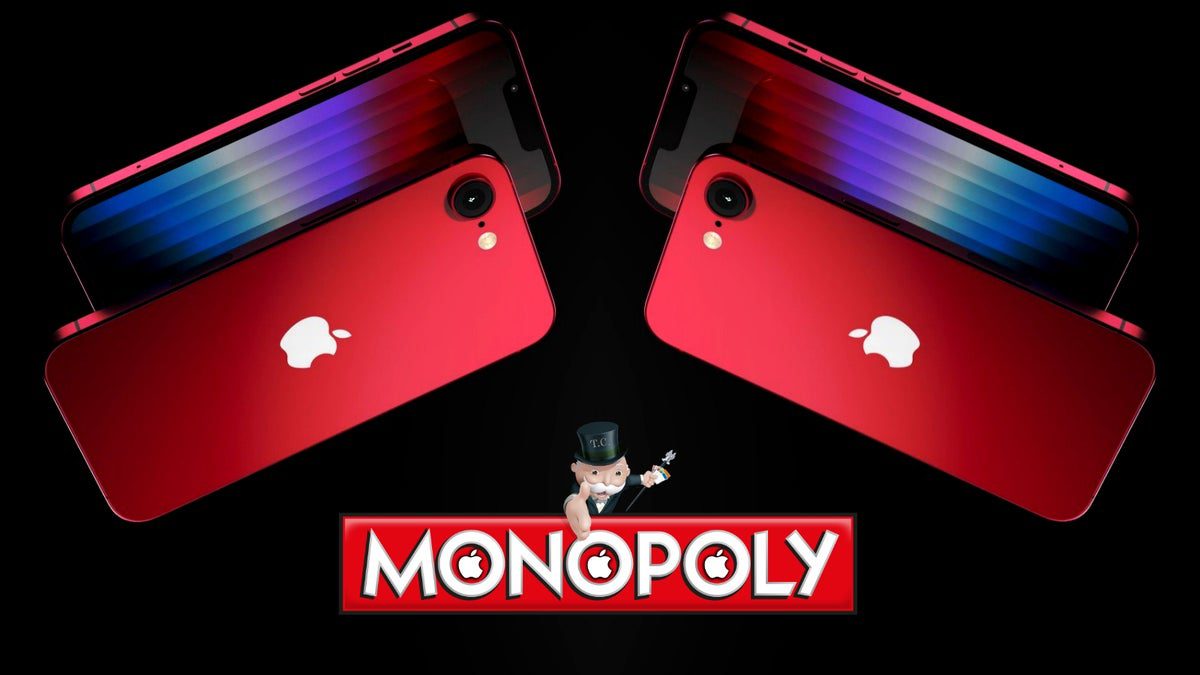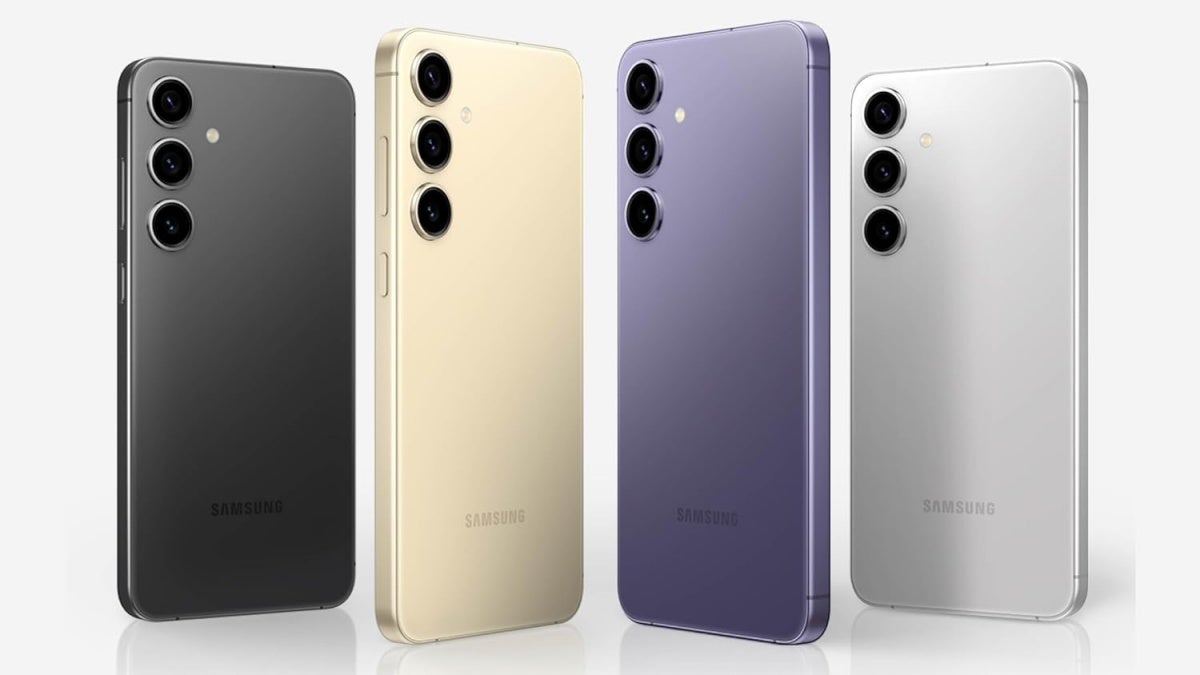During the second quarter of 2023, smartphone sales in the U.S. saw a shift back to retail stores owned by wireless providers. Previously, consumers had moved away from the tradition of purchasing new phones from their wireless provider’s retail location. However, with improved onboarding and service transfer technology and the impact of the Covid pandemic, more sales have started to move back to physical stores.
According to Consumer Intelligence Research Partners (CIRP), during Q2, 52% of U.S. iPhone purchases were made from retail stores owned by U.S. carriers. This marks a reversal of the trend towards online purchases that began during the pandemic. While online sales are still significant, there is a clear return to the traditional retail stores.
In terms of iPhone sales, during the three-month period leading up to June, 79% were purchased from mobile carriers. Out of that, 52% took place in physical retail stores, while 27% were made through the carriers’ websites. Apple stores accounted for 11% of iPhone sales, and 6% came from Apple’s online store.
Overall, in Q2, 65% of U.S. iPhone sales occurred in retail stores, including 2% in Best Buy stores, while 35% happened online. This is a significant change from June 2020 when online sales represented 50% of iPhone purchases during the peak of the pandemic. CIRP suggests that mobile carrier stores now have an advantage over Apple stores due to customers’ return to in-store shopping.
Additionally, wireless providers often offer better deals on new iPhones compared to Apple. This is especially relevant now as Apple has officially announced the upcoming release of the iPhone 15 line on September 12th. The new models, including the iPhone 15 and iPhone 15 Plus, will feature the 4nm A16 Bionic chipset and advanced camera technology not currently available on the Pro models. Other improvements include a switch from Lightning to USB-C ports, increased battery capacity, and the pre-installation of iOS 17.
It is worth noting that prices for the iPhone 15 Pro models are expected to be higher compared to last year’s models. The iPhone 15 Pro and iPhone 15 Pro Max, powered by a 3nm A17 Bionic chipset, will be the only smartphones this year to feature this advanced technology. The chassis of both models will be made of titanium, increasing durability and reducing weight. Furthermore, the proprietary Lightning port will be replaced by USB-C.
The iPhone 15 Pro Max/Ultra will also introduce a periscope lens, enabling enhanced optical zoom capabilities. The focal length of the lens within the smartphone body will be extended using prisms, allowing for 6x optical zoom or more. The iPhone 16 Pro, expected to be released next year, might also feature a periscope lens.
In conclusion, U.S. consumers are returning to mobile carrier retail locations to purchase their new iPhone models. With a preference for in-store shopping and the advantage of better deals compared to Apple stores, the wireless providers’ physical stores have regained their popularity in smartphone sales.
